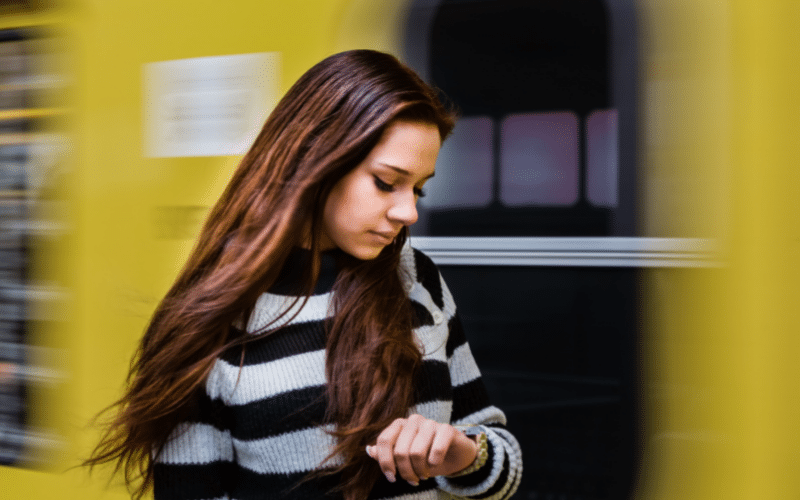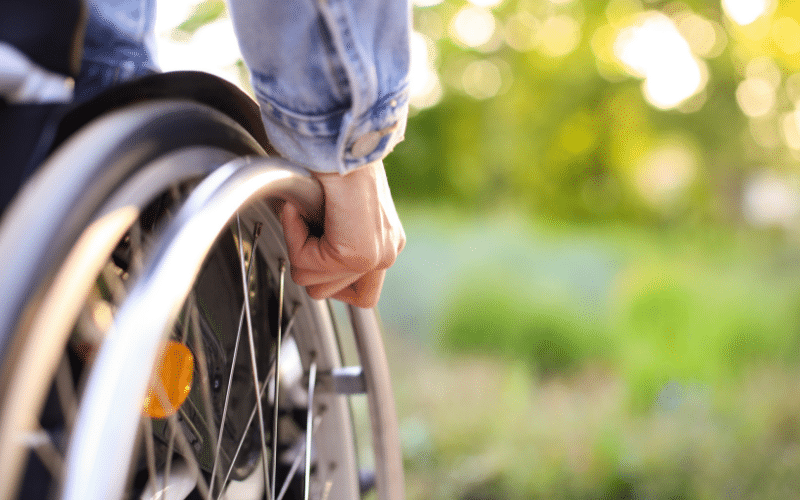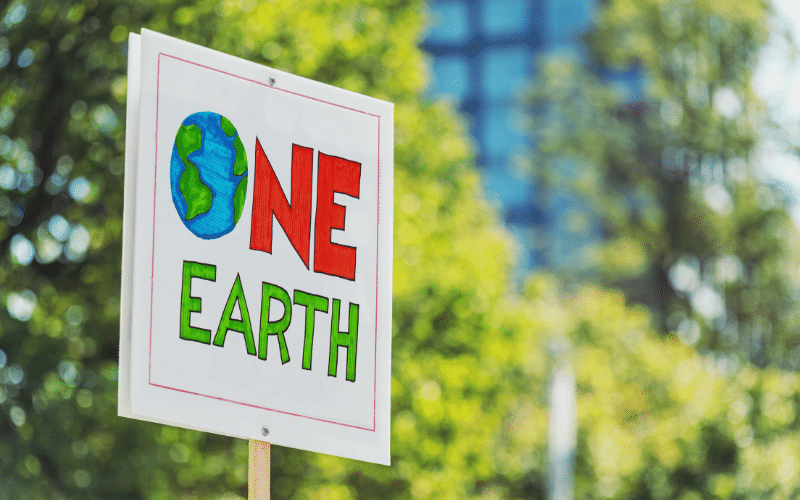Public transportation is a system of transit comprising a variety of options. This system is available to the general public and often operates on a fixed route, schedule, and fare. Buses, trains, subways, ferries, trams - these are all a part of this system. Modes and forms of public transportation vary from region to region, based on the topography and the necessities of the place.
However, there’s no denying that public transportation is essential to all. It is crucial for the functioning of our society. It helps move a large number of people from one place to another, at different times of day, and often as efficiently as possible.
Public transportation connects localities, cities, and towns. It ensures that “distance” does not stand in the way of someone gaining opportunities and success. Given such a case, it is vital that we not just appreciate our public transportation system, but also constantly strive for its betterment. And the first step in this process is to recognize the faults in the system.
So here are 5 major public transportation obstacles, and their solutions!
Challenge Number #1: Time Delays
Anyone who uses public transport, even remotely regularly, knows “time delays”. From office-hour delays to transfer-stop delays, this challenge is the bane of all our existence.
Time delays happen for a variety of reasons. Problems on the transit route, unexpected traffic, emergencies, mechanical failures, etc., But whatever the reason be, there’s no denying that time delays ruin everybody’s day. They mess up our schedules, make us late for our appointments, and just endlessly frustrate us.
So what’s the solution for this fixer-upper?
Solution -
The ideal solution for this would be if time delays didn’t happen at all. And when they did, an immediate alternate vehicle being available. But that’s an ideal situation, not a realistic one.
At present, the most we can do to combat this obstacle is to inform the passengers. Setting up schedules on an app and updating every route timely. This way, the passengers get to track their public transport vehicle, understand situations, and make decisions accordingly. It’s not a perfect solution, but it’s a start.

Challenge Number #2: Urban Sprawl
Urban sprawl refers to the rapid expansion of cities and towns geographically. Most cities in the US follow urban sprawl, growing in an outward direction, starting from the center. There are exceptions to this rule, of course. Cities like New York City and Chicago have grown inwardly with a dense population of both buildings and people.
While such cities have their obvious public transportation problems, urban sprawl has some unique problems of its own. Let us explain.
Urban sprawl is often characterized by low-density residential housing and areas designed using single-use zoning. Because of this, the cities get bigger and bigger while sheltering a remarkably less population. As a result, there is an excessive reliance on personal automobiles for transportation in these cities. Additionally, there is also an issue of planning local transportation for such huge locations with fewer passengers, i.e., less economic return.
So what do we do?
Solution-
While the obvious solution to this would be better planning of cities from the beginning, we can’t quite go back in time. Hence, need to do something else about this situation right now.
Reconstruction of cities seems like a good option. But that is an extremely time-consuming and expensive affair. It is something we need to bookmark as a long-term solution and start working on already.
A short-term and quite effective solution to urban sprawl is the reduction of parking spaces in downtown areas. This move de-incentivizes driving and encourages the use of public transportation. After all, nobody wants to spend hours on the streets wandering for a parking spot, right?
Challenge Number #3: Fare Evasion
Fare evasion costs the public transport systems millions of dollars every year. Just in New York City alone, fare evasions on the subway and buses cost the public transportation system at least 240 million dollars every year (according to Cuomo’s office, 2019).
So how do we fix this?
Solution-
There are a wide number of solutions presented to solve this problem. Everything from stationing cops at subways to installing fare gates at the same and using monthlies (passes) has been suggested. But before we jump into acquiring solutions, we must understand the crux of the issue correctly.
A lot of the time, it is the people who can’t afford to pay for the transportation at all practicing fare evasions. And it’s a given that they neither own any personal vehicles because of their economic conditions. But these people still need to move around the city, for school, work, hospital care, etc. We can’t just banish them from entering or even trying to use public transportation in the name of curbing fare evasion.
But what we can do is start seeing the problem of fare evasion through this lens and try coming up with solutions accordingly. Criminalizing the act of fare evasion and amputating people’s already weak limbs will not help in the long run.

Challenge Number #4: Accommodating People with Disabilities
Saying that people with disabilities face a lot of challenges while using public transportation would be a gross understatement. Even with The Americans With Disabilities Act in place, efficient accessibility, especially in public transportation, remains a dream for many who need it.
A report by Stephen Brumbaugh, an economist at the U.S. Department of Transportation's Office of the General Counsel, shows that around 3.6 million people in the US do not leave home due to their travel-limiting disabilities.
Of course, things are a lot better than they were in the 90s (when ADA was passed). Our trains and buses are a lot more accommodating now, but there is still a huge room for a lot of improvement. For example, impassable roads and sidewalks make it hard for people with disabilities to even reach the above-said buses and trains.
So what’s the answer here?
Solution-
The best answer to this problem is to have a person with disabilities on the table while drafting bills and making decisions. Infrastructure changes are necessary, but they are not the be-all and end-all of it. Changes and adaptions are required at every level of execution. It’s a long-term, time-consuming solution that requires significant investment. But it’s the one that is worth it because what helps the disabled community helps everyone.
Challenge Number #5: Environmental Impact
Public transportation is better for the environment than personal individual transportation. But that does not mean they are perfect. Many traditional public transportation systems still use age-old technologies that are known to impact our environment negatively.
So what can we do about it?
Solution-
The good thing about this challenge is that we already have a lot of solutions and tested models required to successfully face it. We just need to adapt and implement them.
For example, in an attempt to make transportation more sustainable, Edinburgh has increased the number of hybrids, electric, and lower emission buses in the city. It also actively encourages locals to walk and cycle more, with the city council investing around 10% of the total transportation budget towards cycling provisions. Germany has introduced the world’s first zero-emission trains in at least 4 of its cities.
Clearly, others have taken steps toward solving this issue. It's time that we do too.

Conclusion-
These are the five major public transportation challenges and the best solutions we could think of for them. Do you agree with us? What’s your opinion? Leave us a reply!
Visit our website to find more such interesting articles!
